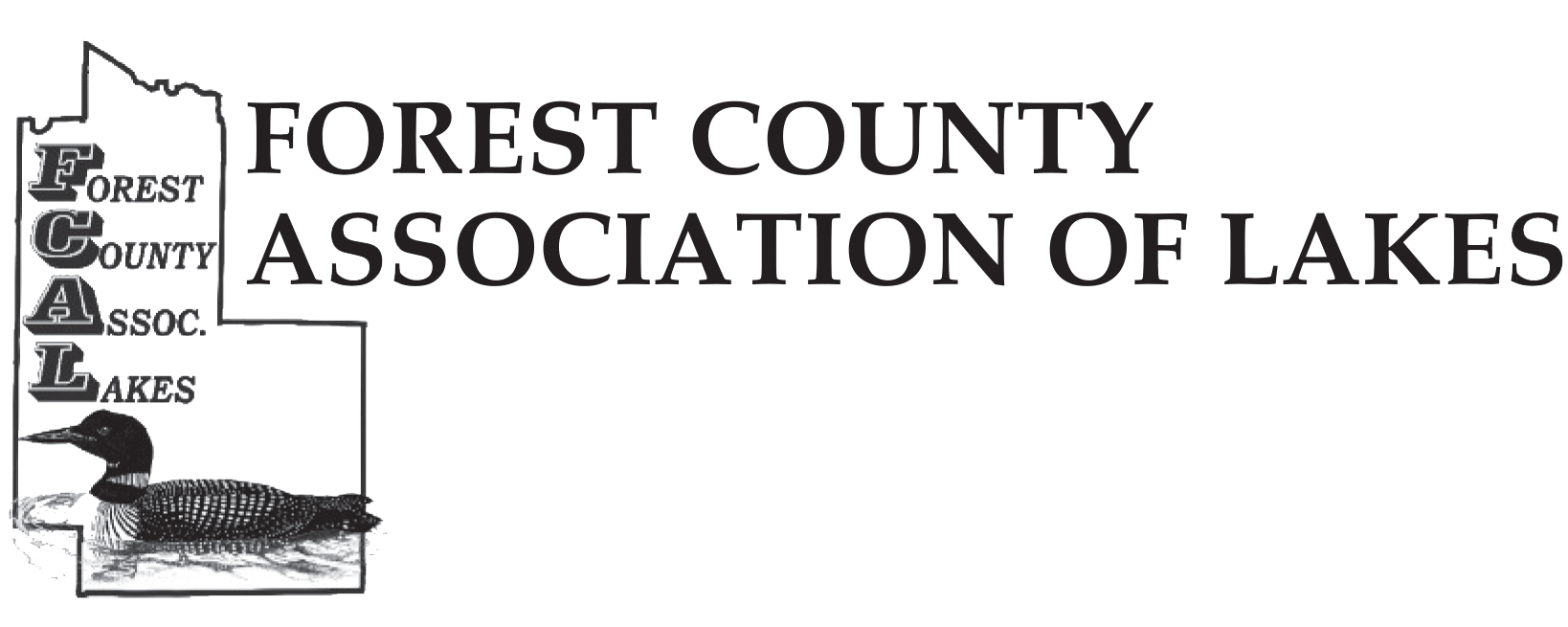Earlier this summer, botanists discovered a population of the wetland invasive plant European frog-bit (Hydrocharis morsus‐ranae) in Oconto County. This is the first time this species, which is widespread along the coastal areas of lakes Erie and Huron up to the eastern Upper Peninsula, has been found in the wild in Wisconsin.
The population was discovered north of the city of Oconto near Lake Michigan.
European frog-bit grows in shallow, quiet, or slow-moving water; along the edges of lakes, rivers, and streams; and in swamps, marshes, and ditches. It is a free-floating, stoloniferous aquatic plant that can grow to form dense floating mats of interlocking plants. The leaves are leathery, measure 0.5-2.5” across, and are round to heart-shaped. The flower has three white petals and the stem has horizontal runners that produce new plants.
The dense growth form of this species can get caught in boat motors, affect fish and waterfowl movement, and decrease oxygen levels in water as plants decompose.
European frog-bit is extremely difficult and costly to control, and its ability to form new plants vegetatively has allowed it to spread and proliferate quickly. The plant has been declared a noxious weed in parts of the United States.
If you see European frog-bit, take one or more photos, make note of the location, date, and time of the observation, and report to Forest County Land & Water, or 715-478-1387.
For more information, visit the Wisconsin DNR’s webpage on European frog-bit as well as the press release issued August 9, 2021, by Wisconsin DNR on the discovery in Oconto County.
Conservation Corner is a weekly article produced by the Forest County Land &Water Conservation Department. For more information contact Steve Kircher, County Conservationist-Land Information/GIS Director at 715-478-1387 or by e-mail at .
